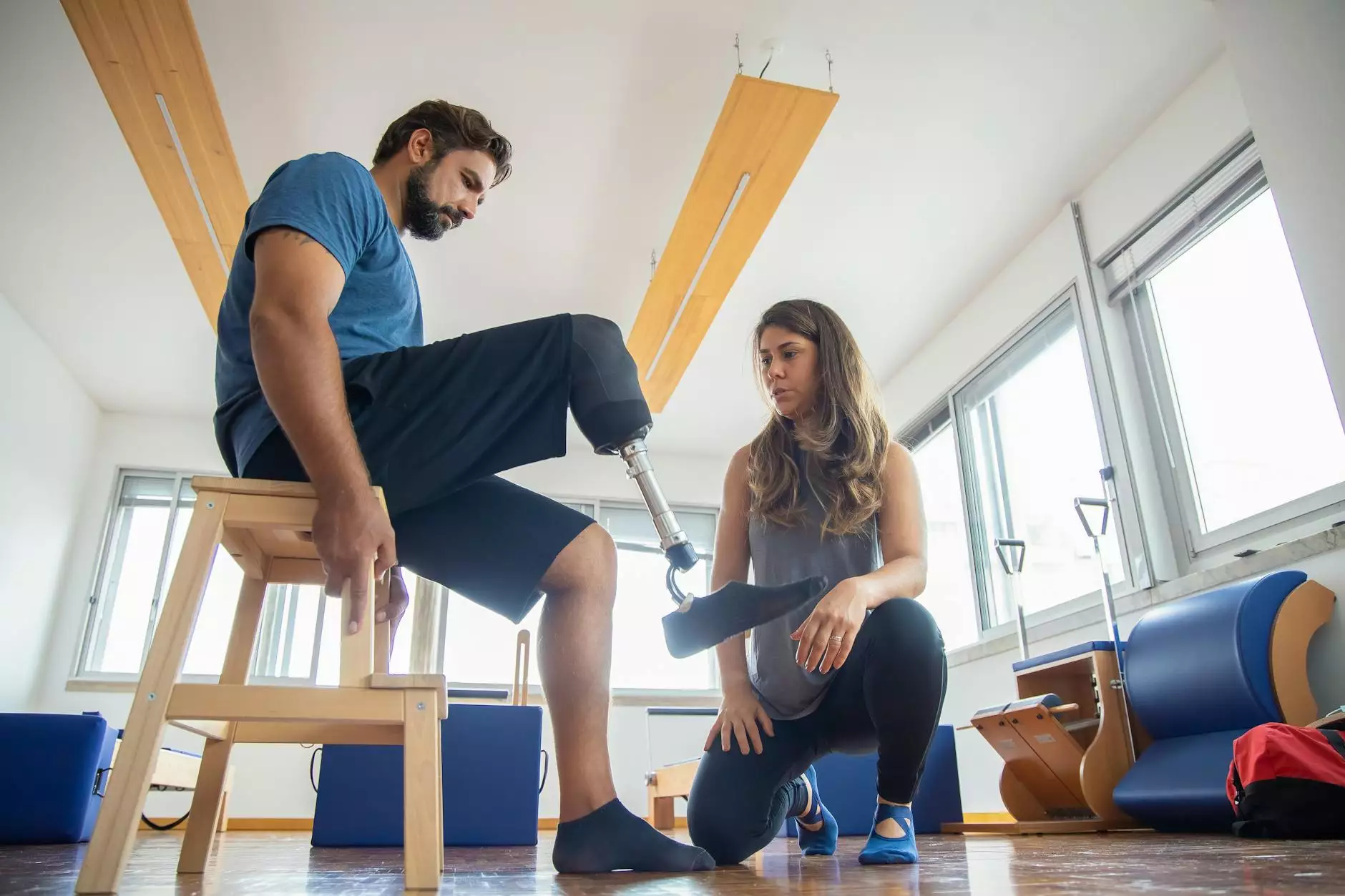The Importance of Understanding Capsular Patterns in Physical Therapy

In the realm of physical therapy and orthopedics, the term capsular pattern plays a crucial role in diagnosing and treating various musculoskeletal conditions. As healthcare professionals, understanding this pattern is essential not only for accurate assessments but also for creating effective treatment plans tailored to individual needs.
What is a Capsular Pattern?
The capsular pattern refers to a specific limitation in joint movement that occurs due to the involvement of the entire joint capsule. This pattern is often observed in conditions such as arthritis and capsulitis, wherein the joint becomes stiff and limits its range of motion. The importance of recognizing these patterns cannot be overstated, as it provides insight into the nature of the underlying joint pathology.
Characteristics of Capsular Patterns
Each joint in the body has a distinct capsular pattern that signifies how it typically restricts movement. Understanding these characteristics is vital for practitioners and patients alike:
- Typical Restrictions: Each joint displays a unique pattern of movement loss. For example, in the shoulder, the capsular pattern often presents as a limitation in external rotation, then abduction, and finally internal rotation.
- Proportional Loss: The degree of restriction in a capsular pattern follows a predictable ratio which helps therapists understand the severity of the condition.
- Joint Specificity: It's essential to note that capsular patterns are specific to each joint. Understanding these patterns means understanding what movements are typically affected within that joint.
Common Conditions Linked to Capsular Patterns
A variety of conditions lead to the manifestation of capsular patterns. Here are some of the most common:
1. Arthritis
Arthritis is one of the most prevalent conditions associated with capsular patterns. Joint inflammation leads to a thickening of the capsule, which restricts motion. Various types of arthritis, including osteoarthritis and rheumatoid arthritis, showcase distinctive capsular patterns that characterize their progression.
2. Adhesive Capsulitis
Also known as frozen shoulder, adhesive capsulitis is marked by a significant decrease in shoulder motion. The capsular pattern in this condition typically reveals a major loss in external rotation compared to other movements. Understanding this can assist physical therapists in devising effective rehabilitation protocols.
3. Joint Injuries
Injuries to the joints, especially those involving immobilization or trauma, can result in altered capsular patterns. Following an injury, therapists assess the affected joint for signs of capsular restriction, which can inform treatment decisions like mobilization techniques or guided exercises.
The Role of Physical Therapists in Managing Capsular Patterns
Physical therapists play a pivotal role in recognizing and treating capsular patterns. They utilize various assessment techniques to determine the functional limitations caused by these patterns. Through careful evaluation, they can offer therapeutic interventions tailored to restore mobility and function.
Assessment Techniques
- Range of Motion Assessment: Evaluating the available range of motion in joints allows therapists to identify specific patterns of movement restriction.
- Manual Testing: Engaging in manual muscle testing can help pinpoint weaknesses associated with particular capsular patterns.
- Patient History: Gathering a detailed medical history informs therapists about previous injuries, conditions, and the progression of symptoms that contribute to the capsular changes.
Treatment Strategies
Once a capsular pattern has been identified, physical therapists can employ various treatment strategies:
- Therapeutic Exercises: Tailored exercise programs focus on stretching and strengthening the affected muscles and joints, gradually restoring motion.
- Manual Therapy: Techniques such as joint mobilization and soft tissue manipulation can alleviate restrictions and promote healing.
- Patient Education: Teaching patients about their condition and how to perform specific movements correctly can empower them to manage their symptoms effectively.
Implications of Ignoring Capsular Patterns
Ignoring the signs of capsular patterns can lead to significant complications. Here’s what can happen:
- Progressive Dysfunction: Without intervention, restrictions can worsen, leading to greater functional impairment and coordination issues.
- Chronic Pain: Failure to address capsular restrictions may result in the development of chronic pain syndromes, complicating the recovery process.
- Decreased Quality of Life: Functional limitations can impede daily activities, resulting in decreased overall wellbeing and increased reliance on assistive devices.
Conclusion: Emphasizing the Importance of Recognizing Capsular Patterns
In conclusion, understanding and recognizing capsular patterns is vital in the field of physical therapy and orthopedics. Every professional, patient, or individual involved in care must be aware of how crucial these patterns are in diagnostics and treatment protocols. A comprehensive grasp of the subject supports the development of more effective therapeutic strategies, ultimately leading to improved patient outcomes.
By investing time in education and awareness around capsular patterns, we can drive better practices in the management of joint conditions, leading to enhanced recovery prospects for patients. For further information, insights, and professional support regarding orthopedic and physical therapy practices, please visit iaom-us.com.









